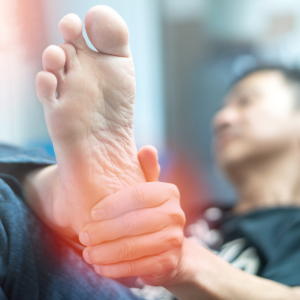What is Runner’s Knee (PFPS)?
Patellofemoral pain syndrome (PFPS) or commonly known by its nickname as Runner’s Knee is a common problem among runners. Due to the extended hours of pounding on the asphalt, the patella can be irritated when it rests on the thighbone. The pain experienced can be sudden and is often on and off. It can be felt before and after running, but not during the run itself. In this article, we’ll look at how to prevent and treat Runner’s Knee.
Causes of Runner’s Knee
One of the main causes of Runner’s Knee is due to the hard surface that runners run on. Most runners choose to run on pavements along the roads instead of stadiums or on grass surfaces. Although running on the roads may seem less boring and make the run more enjoyable, the hard surface is extremely bad on the knee.
Preventing PFPS
To prevent PFPS, you should run on softer and natural surfaces like turf. Running shoes also play an important role in the prevention of PFPS. A pair of cushioned and stability shoes provide great support to the knee, calf and ankles during the run and helps to absorb any shocks experienced by the leg. Recently, barefoot running has been the craze but this is still being debated. When we run barefoot, the foot can run naturally instead of being forced to in a direction when wearing shoes. This way, the load of the patellofemoral joint is reduced but instead, it creates additional stresses on the calf and Achilles tendon. So, instead of PFPS, runners may now suffer from calf or tendon Achilles pain.
Runner’s Knee Treatment
In order to treat Runner’s Knee, the simplest way is to cut back on your running mileage when you first experience pain and start to avoid activities that will involve working out the knee. As the pain subsides, strengthening exercises on the knees, quadriceps and hips should be performed in order to increase strength and flexibility to better support the knee. During the transitional period, you should still continue to work out your body using equipments that are less damaging to the knee such as the usage of a stationary bike or swimming.
Final Thought
To be honest, PFPS is not exactly a serious condition and it’s simply a chronic failure of tissues in the knee. Plenty of rest is required in order to prevent any further aggravation to the knee. If the pain gets unbearable, you may request for pain relief medication from your doctor to provide temporary relief.







